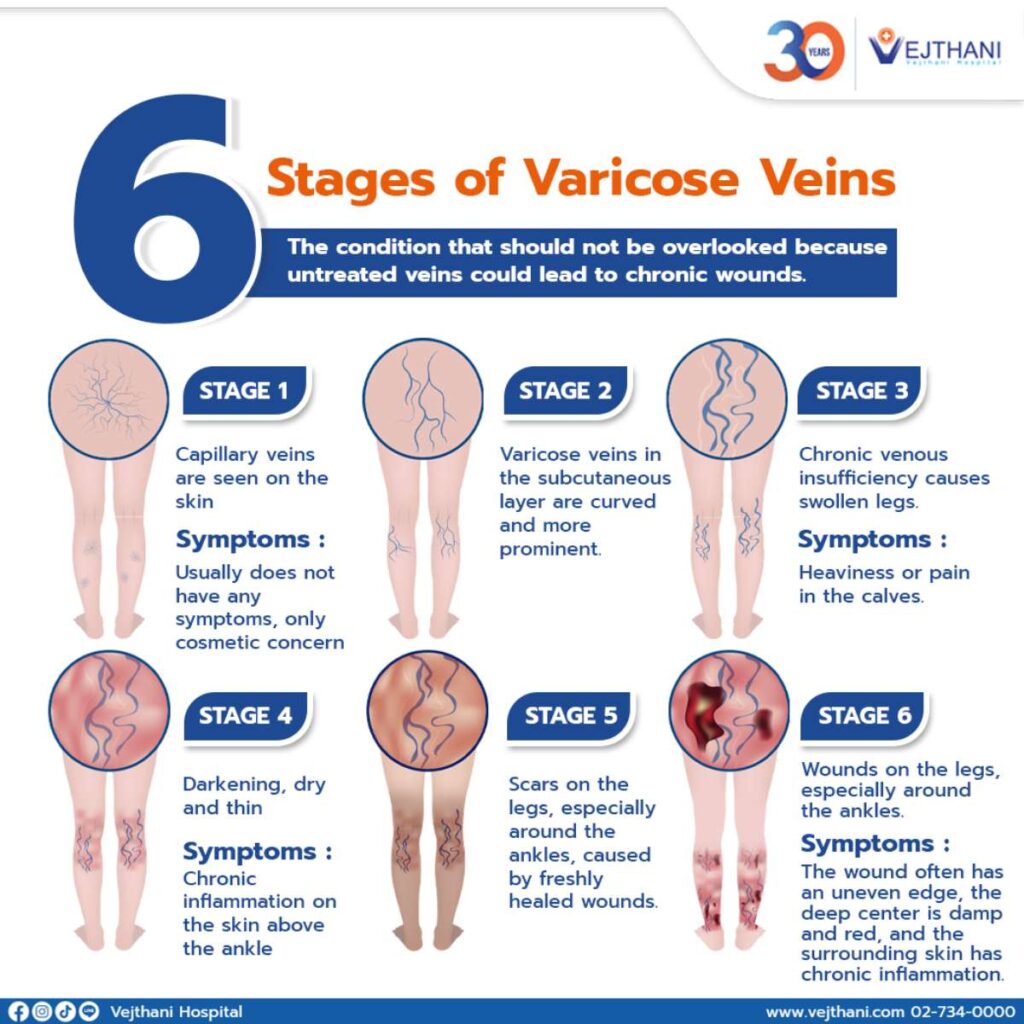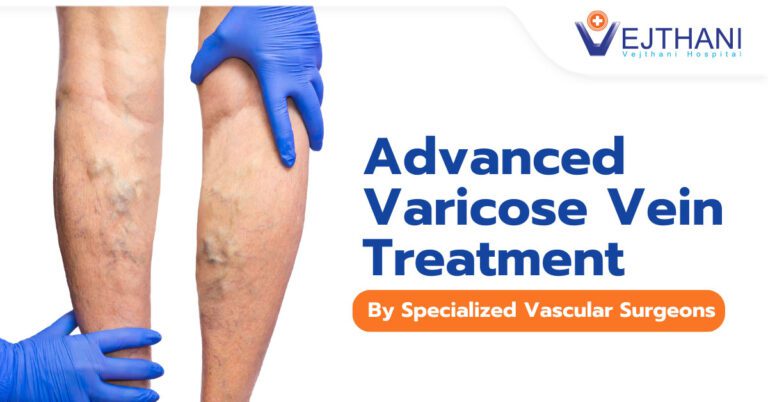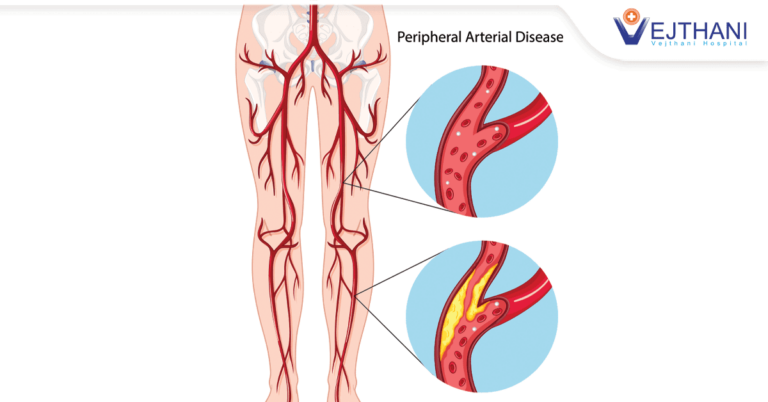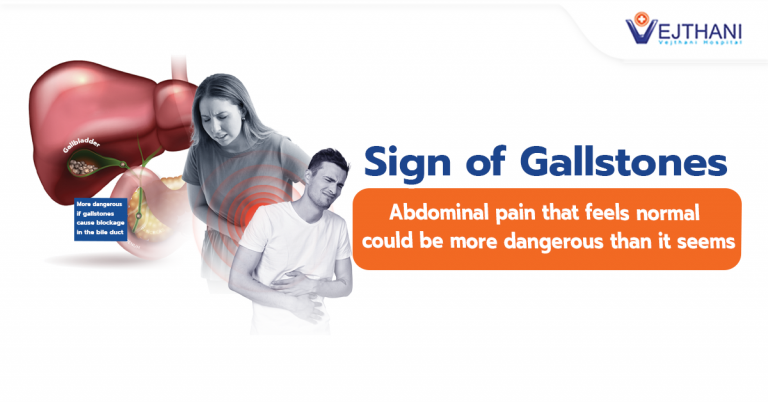

Varicose veins progress through six stages; the condition should not be overlooked, as untreated veins could lead to chronic wounds.
Varicose veins are abnormal enlargements and twisting of veins that can be categorized based on their depth: telangiectasia and reticular veins, which people often see as capillaries, and varicose veins, which are more extensive, more profound, and visible in thinner people. Beyond cosmetic concerns, varicose veins can cause heaviness, discomfort, or pain in the calves. Leaving the disease untreated can progress to chronic venous insufficiency (CVI), which is the result of the pooling of blood over time, causing high blood pressure in the veins or venous hypertension.
Chronic venous insufficiency is divided into six stages according to its symptoms as follows:
- Stage 1: Capillary veins are seen on the skin (telangiectasia, reticular vein). The patient usually does not have any symptoms. The most concerning issue in this phase is about cosmetics.
- Stage 2: The varicose veins in the subcutaneous layer are curved and more prominent. Patients may experience heaviness in their calves, cramps, and even muscle pulling when sitting or standing for too long.
- Stage 3: Chronic venous insufficiency causes swelling legs, heaviness, or pain in the calves.
- Stage 4: Darkening, drying, and thinning skin. Chronic inflammation on the skin, especially above the ankle.
- Stage 5: Scars on the legs, especially around the ankles, caused by recently healed wounds.
- Stage 6: Wounds on the legs, especially around the ankles. The wound often has an uneven edge, the deep center would be damp and red, and the surrounding skin would have chronic inflammation.
Currently, minimally invasive surgical treatment is as effective as traditional surgery. It can be done using thermal ablation, which is endovenous laser treatment (EVLA) or endovenous radiofrequency ablation therapy (EVRFA), and non-thermal ablation, which is sclerotherapy and endovenous cyanoacrylate closure. This approach will help destroy the veins so there is no blood flowing, which causes high venous blackness. This method is the latest surgical technique that has been gaining popularity and provides better treatment results than traditional surgery. This procedure leaves a small wound (2-3 mm), resulting in minimal discomfort with reduced risk of complications, and can be done on an outpatient basis.
For more information, please contact
Surgery Center, Vejthani Hospital.
Call +66 (0) 2734-0000 Ext. 4500, 4501
English Hotline: +66 (0) 85-223-8888
- Readers Rating
- Rated 4.7 stars
4.7 / 5 ( Reviewers) - Outstanding
- Your Rating


























